Bevel Helical Gearbox
The bevel helical gearbox is an extremely rugged, high-performance power transmission device. This bevel helical gearbox is constructed with a single-piece, cast-iron housing, and it offers two or three stages of reduction ratio. This product meets the power transmission needs of medium-heavy industry, and is made with appropriate sizing and construction materials to ensure constant reliability under tough working conditions. If you have an application that requires a helical gear, this is the gearbox for you.
Bevel Helical Gearbox Features
Bevel Helical Gearbox
- Highly Standard Modular Designed: The bevel helical gearboxes are easily connected with and driven by different types of motors and various input power. The same type of geared motor can be adapted to optioned powers of motors. It is therefore easy to realize a different solution for varied requirements.
- Ratio: Featured many closely divided ratios and a wide range of them. Very big final ratios can be obtained through combined units to reach extremely low output speeds.
- Mounting Arrangement: No strict limitation to the mounting arrangement.
- High Strength, Compact Dimension: Housings of bevel helical gearboxes are made of high-strength cast iron. Gears and shaft gears are finished with a gas carburizing process and precise grounding to sequentially get a high loading capacity of per certain volume.
- Long Service Life: Under the condition of accurately selecting type size and the normal maintenance and use, main components of our helical bevel gearbox (except those easily-disabled parts) can last as long as more than 25,000 hours. Easily-disabled parts include lubricating oil, oil seals, and bearings.
- Low Noise: All key components are finished by precise machining, accurate assembly, and finally tested, and therefore, fairly low noise is reached.
- High Efficiency: The efficiency of the bevel helical gearbox can reach 95%, and The efficiency of the worm reducer can reach 89%.
- Large radial loading ability.
- Axial load ability of up to 5% of radial load.
What is a Bevel Helical Gearbox?
A helical bevel gearbox is a type of transmission that is used to transmit torque. The features of bevel helical gearboxes include efficiency in both directions of rotation, high efficiency at any input speed, and reduced backlash. There are different sizes that are available, which allow the unit to handle torques from 80 Nm to 500 Nm. The K series is a complete line of two-stage helical-bevel gear units. They set new standards with their sizes, which are particularly robust.
What is a Bevel Helical Gearbox Used For?
The bevel helical gearbox is similar to spur gears in the way it works, with the main advantage of a reverse module configuration. The spur and helical types have the same number of teeth, but the radial and spur gears must stagger in opposite directions. The bevel helical gearbox is the most commonly used type of gearbox in the industry today. And it is the most efficient device of its kind, operating at over 98% efficiency. The bevel helical gearbox is also perfect for high-load cases, such as power transfer between right-angle and parallel configurations.
Another variation of the bevel helical gearbox is the herringbone gear. This gear has special teeth that face in opposite directions so that it can handle more loads. They are also smoother and quieter than spur gears. A helical gearbox is modular, with individual gears or modules interchangeable to optimize the efficiency of the gearbox. These modular models also allow for the highest quality component integrity.
Both bevel and helical gears can transfer power between axes. A hypoid gear has a high transmission efficiency, while a helical gear has low meshing friction. They can be used in high-speed applications, such as motorcycle gears and bicycle gears. They can also transfer power between two axes that cross. And if you want to get a high-speed transmission device, you should opt for hypoid gear.
 Helical Bevel Gearbox Design
Helical Bevel Gearbox Design
Bevel helical gearboxes are designed with one or more helical teeth oriented at a specific angle to the axis. Because the helical teeth are positioned at an angle, the result is a helical gear that is quiet and efficient. The bevel helical gearbox is also more effective at transmitting power between parallel shafts than its traditional counterpart. And unlike conventional gearboxes, helical gearboxes are more durable and reliable than other types of gear.
Straight bevel gears are less common than helical gears. They are often used in automobiles and industrial machinery. They help connect a shaft with its wheels. The bevel surfaces allow the bevel gear to operate at an angle of 45 degrees. These gears are also useful in compressive systems and invert shaft rotation. And they are more flexible, providing higher efficiency, and reducing vibrations. If you need high-quality gear, a helical bevel gearbox is a right choice.
Helical Bevel VS Planetary Gearbox
- Planetary gears have high torque than helical gears, there are four points of meshing in a stage in planetary gear reducer while helical gears have one point of meshing in a stage.
- The spherical bearing is used in planetary gears while the taper bearing is used in helical gears.
- The straight cut along with the wheel of planetary while helical gears are cut at an angle along with the wheel.
Helical Bevel Gearbox Installation Usage & Maintenance
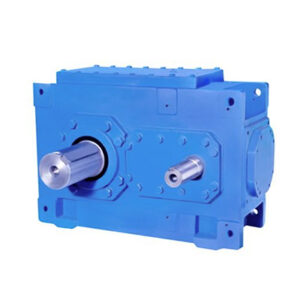
- (1) Check the correct direction of rotation of the gearboxes output shaft before fitting the unit to the machine.
- (2) Before mounting with the prime mover and device, please check the reducer’s every axial diameter, aperture, key and not key and key slot, to be sure their dimensions are not deviation, and avoid assembling too tight or too loose, unless it will influence the reducer’s performance.
- (3) The mounting on the machine must be stable to avoid any vibration.
- (4) Whenever possible protect the gear units against solar radiation and bad weather.
- (5) In the case of particularly long periods of storage (4-6 months), if the oil seal is not immersed in the lubricant inside the gearbox, it is recommended to change it since the rubber could stick to the shaft or may even have lost the elasticity it needs to function properly.
- (6) Painting must definitely not go over rubber parts and the holes on the breather plugs if any.
- (7) When connecting with the hollow or solid shaft, please grease the joint to avoid lock or oxidation.
- (8) Check the correct level of the lubricant through the indicator, if there is one.
- (9) Starting must take place gradually, without immediately applying the maximum load.
- (10) Supporting unit is required when using various reducers matched with the motor and the weight of the motor is a little bigger than common.
- (11) Ensure the motor cools correctly by assuring good passage of air from the fan side.
- (12) In the case of ambient temperatures <-5°C or > +40°C, please contact the Technical Service.

Packing Shipping Delivery
  |
 |
|
 |
 |
|
How to choose power transmissions parts and industrial products which meet our requirement
| Chains | Sprockets | Pulleys | Timing belt Pulley | V-belt Pulley |
| Sheaves | Coupings | Bush &Hub | Gear& Rack | V-Belt |
| Locking Assembly | Pulley | Gearbox | Reducer | Shaft Collar |
| Rod End Bearing | Clevis | PTO | Chain Guide | Belt Guide |
| Rubber Buffer | Chain Tensioner | PTO Drive Shafts | Universal Joints | Roller Chains |
| Conveyor Chains | V-Belts | Worm Gearbox | Helical Gear | Worm |
| Agricultural Chain | CNC Proces Parts | Casting | Stamping | |
| Powder Metallurgy | CNC Proces Parts | Casting | Stamping |
What Products Do you sell ?
We are a group of factories, give customer one stop solution of power transmission and industrial products. We are in the position to supply wide range of products, including chains, sprockets, v-belt and v-belt pulleys, timing belt and timing belt pulleys, gears, speed reducers, motors, racks, couplings, and many other parts, like locking assembly, taper bushing, Chain guide, shaft collar, torque limiter, cam clutch, universal joint, motor base and motor slide, rod end, clevis, rubber mount, etc. We make special parts according to drawings and/or samples.
How to choose a gearbox which meets our requirement?
You can refer to our catalogue to choose the gearbox or we can help to choose when you provide
the technical information of required output torque, output speed and motor parameter etc.
What information shall we give before placing a purchase order?
a) Type of the gearbox, ratio, input and output type, input flange, mounting position, and motor informationetc.
b) Housing color.
c) Purchase quantity.
d) Other special requirements.
What industries are your gearboxes being used?
Our gearboxes are widely used in the areas of textile, food processing, beverage, chemical industry,
escalator,automatic storage equipment, metallurgy, tabacco, environmental protection, logistics and etc.
What is the producing process?
Production process including raw material cutting, machine processing, grinding, accessories cleaning, assemble, cleaning, stoving, oil coating, cover pressing, testing, package.
How to control the products quality?
Combining advanced equipment and strict management, we provide high standard and quality bearings for our customers all over the world.
What is the transportation?
-If small quantity , we Suggest to send by express, such as DHL,UPS, TNT FEDEX. If large amount, by air or sea shipping.
Can we design packaging?
-Yes. Default is regular packing, and we can make customer's own packing.
Can you provide OEM service?
-Yes, we work on OEM orders. Which means size, quantity, design, packing solution, etc will depend on your requests; and your logo will be customized on our products.
Can you give me discount on Power Transmissions Parts and Industrial parts?
-Yes, of course. Pls. send me your Email, you'll get more
Q: Are You a trading company or a manufacturer?
A: We Are the factory and have our Own trading company
Q: How Can I get an offer?
A: please send US quotation information: drawings, materials, weight, quantity and requirements, we can accept PDF, ISGS, DWG, STEP file format. If you don't have the drawings, please send us the samples, we can also quote you according to your samples.
Q: What is your minimum order size?
A: it is usually 100 pieces, but a low quantity is acceptable under some special circumstances.
Q: Do you provide samples? Is it free or extra?
A: Yes, we can provide samples free of charge, but we don't pay the freight.
Q: What is the lead time for mass production?
A: honestly, it depends on the number of orders. Normally, if you don't need the tools, deposit them after 30 days or so.
Q: What if the parts don't Work?
A: we can guarantee the quality, but if it happens, please contact us immediately, take some photos, we will check the problem and solve it as soon as possible.
Q: What are your terms of payment?
A: payment is less than US $1000,100% in advance. Payment: $1000,50% wire transfer in advance, balance before shipment,Other Terms of payment are negotiable


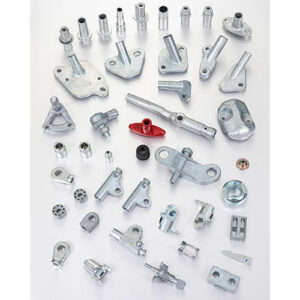
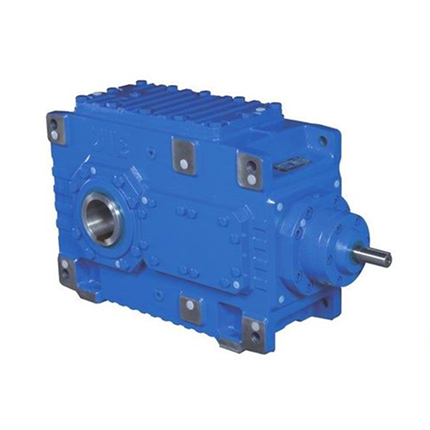
 Helical Bevel Gearbox Design
Helical Bevel Gearbox Design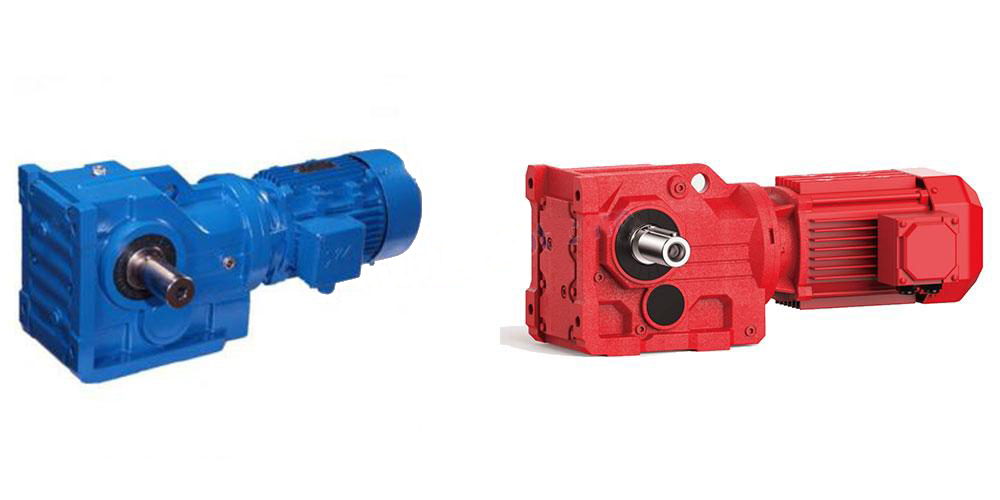


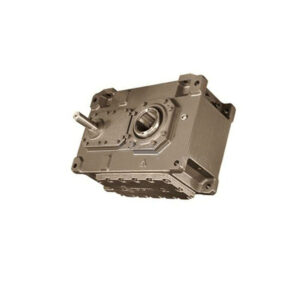
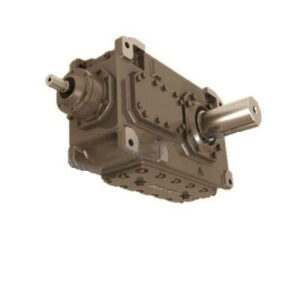
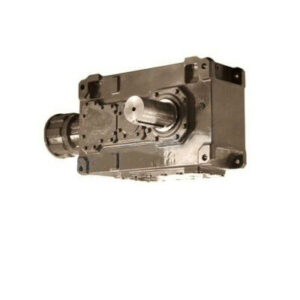

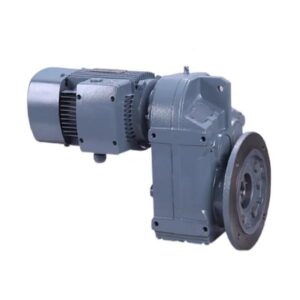
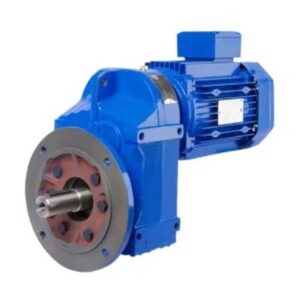
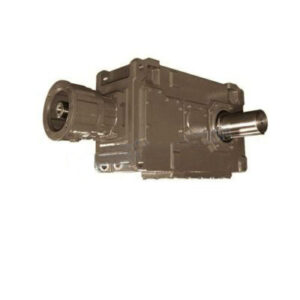
Reviews
There are no reviews yet.